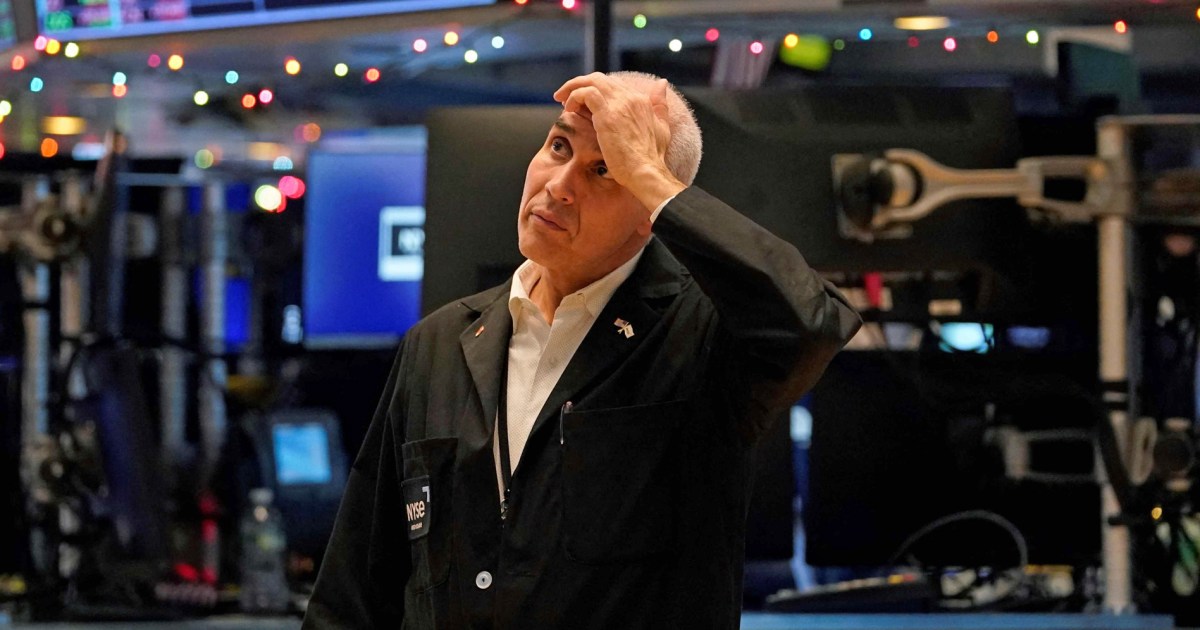Stocks tumbled on Friday to end a brutal 2022 with a whimper, as Wall Street ended its worst year since 2008 on a sour note.
The Dow Jones Industrial Average fell 73.55 points, or 0.22%, to close at 33,147.25. The S&P 500 lost 0.25% to close at 3,839.50. The Nasdaq Composite was down 0.11% at 10,466.88.
Friday marked the last trading day in what has been a painful year for stocks. The top three averages suffered their worst year since 2008 and snapped a three-year winning streak. The Dow fared the best of the indices in 2022, falling around 8.8%. The S&P 500 plunged 19.4% and is more than 20% below its all-time high, while the tech-heavy Nasdaq fell 33.1%.
Sticky inflation and aggressive rate hikes by the Federal Reserve hit growth and technology stocks and weighed on investor sentiment throughout the year. Geopolitical concerns and volatile economic data also kept markets on edge.
“We have had everything from covid problems in China to the invasion of Ukraine. They have all been very serious. But for investors, that’s what the Fed is doing,» Art Cashin, UBS’s director of floor trading, said on CNBC’s «The Exchange.»
As the calendar turns to a new year, some investors think the pain is far from over. They expect the bear market to persist until a recession hits or the Fed changes direction. Some also project shares to hit new lows before recovering in the second half of 2023.
“I would love to tell you that it’s going to be like the ‘Wizard of Oz’ and everything is going to be in glorious color in a moment or two. I think we may have a bumpy first quarter and depending on the Fed, it may last a bit longer than that,” Cashin said.
Despite annual losses, the Dow Jones and S&P 500 snapped three-quarter losing streaks. However, the technology-heavy Nasdaq posted its fourth straight negative quarter for the first time since 2001. All three averages, however, are negative for December.
Communication services was the worst performing sector in the S&P 500 this year, down more than 40%, followed by consumer discretionary. Energy was the only sector up, climbing almost 60%.
— Gabriel Cortés contributed reporting

